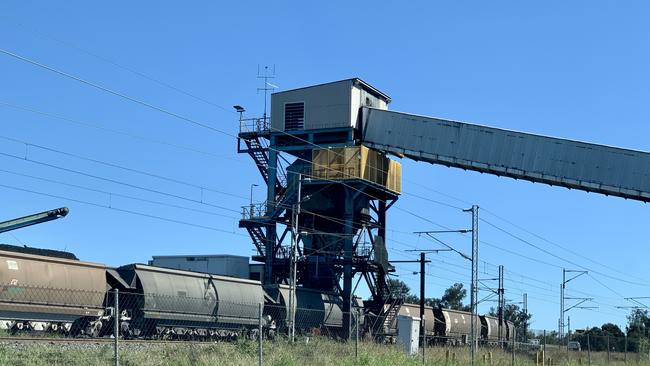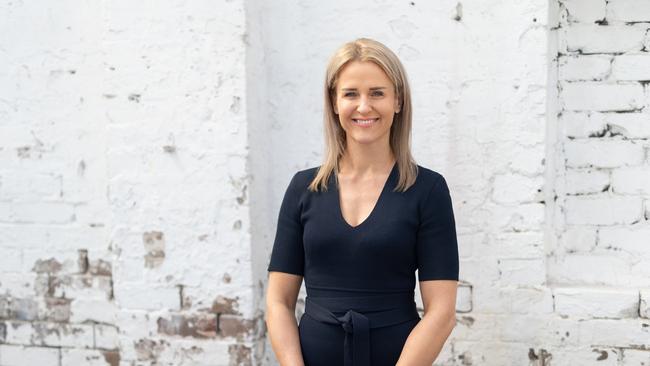Do not buy here: NSW’s real estate no go zones revealed
A mix of NSW suburbs have appeared on a national blacklist of locations where property investors have a high risk of losing money.
Property
Don't miss out on the headlines from Property. Followed categories will be added to My News.
A mix of new estates, suburbs that boomed during the pandemic and mining and tourist towns have appeared on a national blacklist of “disaster areas” where property investors should avoid buying.
The locations were found to have a high risk of deep falls in prices based on analysis by research group DSR Data, which reviewed every suburb in Australia on 17 different measures of supply and demand.
The top 30 worst locations for buyers included eight suburbs in Victoria, six in Queensland, 15 in NSW and one in South Australia.
Among the danger areas for buyers were Sydney satellite suburbs Thirlmere, Bargo, Burradoo and Mittagong, Central Coast suburb Hamlyn Terrace and Lithgow in the Blue Mountains.
Markets were considered risky if there was a sharp reduction in buyer demand coupled with an extreme rise in property sales, with the supply and demand imbalance expected to pull down prices.

The resulting danger for new buyers was having to cop a loss on the sale of their property if forced to sell soon after the purchase.
MORE: Liam Hemsworth linked to $37m Byron sale
Another risk was being in “negative equity” where the value of a new owner’s loan was higher than the value of their properties.
DSR Data analyst Jeremy Sheppard said there was no “diplomatic term” to describe market conditions in many of the top 30 worst areas.
“They’re no go zones,” he said. “If I was an investor in these markets I would have sleepless nights wondering what’s going to happen.”
Mr Sheppard said the very worst suburbs – Daylesford and Wonthaggi in Victoria and Queensland coal mining town Blackwater – were outright “disaster areas” for property investors.
“Where we’ve seen (demand to supply) scores like this in the past have been in one industry towns where that industry went belly up and the only reason for many to live there disappeared,” he said.
Mr Sheppard pointed to picturesque Victorian town Daylesford, 110km northwest of Melbourne, as a glaring example of what happens when the features that once drew buyers evaporate.
Many Melbourne residents bought there for an affordable tree-change during the pandemic but prices skyrocketed, he said.
“Given the recent rise in interest rates, it might seem harder now to afford or even justify the expense,” he said. “Sudden unaffordability has dried demand while a small glut of vacant blocks for sale have increased supply, leading to a sudden drop in demand relative to supply.”

Mr Sheppard noted a similar trend in the Southern Highlands region southwest of Sydney and areas popular with sea-change buyers during the pandemic.
“These areas usually have three features,” he said. “They’re picturesque environments, they’re not far from (a capital) city and they are expensive markets that weren’t expensive a few years ago.
“Combine all that tremendous run in prices over two to three years with the reality check of high interest rates and many owners may be forced to sell.
“Another problem in many of these markets is that developers released more properties just as prices peaked and demand dropped so there is already a glut of supply.”
Sam Powell, head of analysis at property advisory group Hello Haus, said remote outer suburbs in most cities were risky to buy into because more residents were first-time buyers who stretched their budget to get a home.
This put them more at risk of selling for a lower price if they could no longer afford their loan or if rates rose further. This effect compounded over numerous sales could drag down prices across a suburb, Mr Powell said.
MORE: The AFL’s slickest homes revealed
He also cautioned investors to be wary of suburbs dominated by landlords, such as mining towns, and holiday homeowners, as they were more likely to sell in times of hardship.
“It’s not the roof over their heads … If the cost of holding their investment is too much of a drain on their finances they sell and you could get a lot selling at the same time,” Mr Powell said.
“It all comes back to supply and demand. If there is too much supply and not enough demand, prices go down.”

Ray White chief economist Nerida Conisbee said another risky feature of properties in popular holiday destinations like the south coast was recent clampdowns on short-term letting, which would encourage more owners to sell.
The safest markets were inner- or middle-ring areas dominated by owner occupiers, she said.
“When it’s the family home, people do anything they can to keep it, even if they’re struggling,” Ms Conisbee said. “Prices have begun to rise in the areas with the biggest property shortages.”
Investment advisor Scott Levoune of Wealth Through Property said mining town investments were a particularly risky “trap” as they often had high rental returns — an attractive feature in a climate of rising interest rates.
“People see the rents are quite high, but where the risk comes in is that people who live there are only there for work,” he said. “What happens if the mine closes?”





